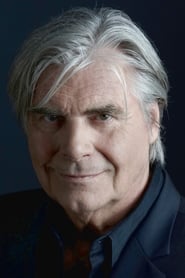

The Magic of Laxenburg(2013)
Between Monarchy and the Modern
The film tells the story of Laxenburg from 13th century, when it was used for hunting and fishing trips by the imperial Habsburg family, to modern day, a popular summer resort and a bustling international community. Today Laxenburg is also home to IIASA, the Austrian Film Archive, and the International Anti-Corruption Academy. The film will also feature these organizations, their history, and the important work they do in the field of research and diplomacy that goes far beyond Austria's borders.
Movie: The Magic of Laxenburg
Top 2 Billed Cast
Narrator (English version)

Der Zauber von Laxenburg
HomePage
Overview
The film tells the story of Laxenburg from 13th century, when it was used for hunting and fishing trips by the imperial Habsburg family, to modern day, a popular summer resort and a bustling international community. Today Laxenburg is also home to IIASA, the Austrian Film Archive, and the International Anti-Corruption Academy. The film will also feature these organizations, their history, and the important work they do in the field of research and diplomacy that goes far beyond Austria's borders.
Release Date
2013-03-30
Average
0
Rating:
0.0 startsTagline
Between Monarchy and the Modern
Genres
Languages:
EnglishDeutschKeywords
Similar Movies
 7.0
7.0Andreas Hofer. Held wider Willen(de)
During the Napoleonic Wars at the beginning of the 19th century, Andreas Hofer became a Tyrolean folk hero. As the head of a resistance movement, he became caught up in a dangerous political game of interests between the French and Austrians, Napoleon and the Habsburgs. After the defeat at Austerlitz, the Habsburgs had to cede Tyrol to the Bavarian kings in 1805. The liberal Bavarians implemented numerous reforms in Tyrol, including religious reforms, which met with resistance from the rural population. The young Archduke Johann wanted to take advantage of their discontent. In Andreas Hofer, the commander-in-chief of the Tyrolean troops, the brother of Emperor Franz I finds a loyal patriot whom he can use for his political moves. The Tyrolean revolt against the French and Bavarians puts Napoleon in a tight spot. In several battles, the rebels succeed in defeating the Bavarian and French troops, but not in defeating them for good.
 10.0
10.0Wall of Silence(de)
In the small town of Rechnitz a terrible crime against humanity was performed during the holocaust. Until now, no-one dares to talk about it.
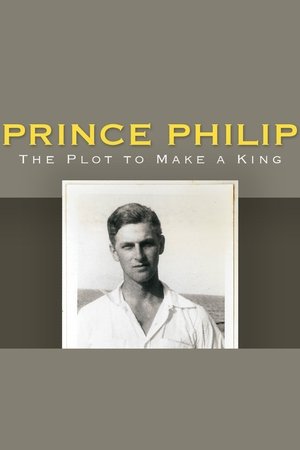 9.0
9.0Prince Philip: The Plot to Make a King(en)
Documentary telling the inside story of the plans by Louis Mountbatten to maneuver his nephew and heir to the Greek throne, Philip, into marrying the future queen Princess Elizabeth and the tensions that that unleashed.
 7.0
7.0Tales from the Royal Wardrobe(en)
Today, few people's clothes attract as much attention as the royal family, but this is not a modern-day paparazzi-inspired obsession. Historian Dr. Lucy Worsley, Chief Curator at Historic Royal Palaces, reveals that it has always been this way. Exploring the royal wardrobes of our kings and queens over the last four hundred years, Lucy shows this isn't just a public fascination, but an important and powerful message from the monarchs. From Elizabeth I to the present Queen Elizabeth II, Lucy explains how the royal wardrobe's significance goes far beyond the cut and color of the clothing. Royal fashion is, and has always been, regarded as a very personal statement to reflect their power over the reign. Most kings and queens have carefully choreographed every aspect of their wardrobe; for those who have not, there have sometimes been calamitous consequences. As much today as in the past, royal fashion is as much about politics as it is about elegant attire.
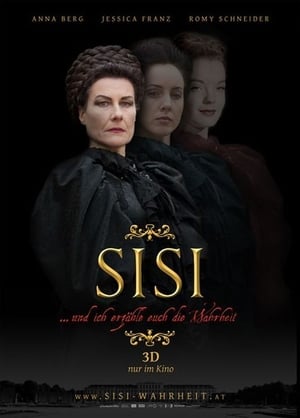 0.0
0.0Sisi... und ich erzähle euch die Wahrheit(de)
September 11, 1898: The imperial family’s personal physician, Dr. Herman Widerhofer, is deeply shocked by the news that an anarchist has assassinated Empress Elisabeth in Geneva. He then shuts himself up in his private rooms and recalls the empress’ fateful life. We learn the truth about Elisabeth, as the doctor knew more about her than anyone else.
 5.6
5.6How to Cook Your Life(en)
A Zen priest in San Francisco and cookbook author use Zen Buddhism and cooking to relate to everyday life.
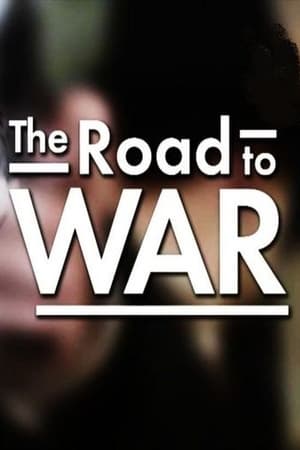 0.0
0.0The Road to War (The End of an Empire)(en)
"The Road to War" uses elaborate and fascinating computer-generated recreations and archives never seen before to examine how the assassination of Archduke Franz Ferdinand in 1914 was used by the Austro-Hungarian Empire to start a war against Serbia. The film investigates how this regional conflict involving the Central Powers and the Triple Entente escalated to become "World War I", a war with more than 17 million dead and More than 20 million injured.
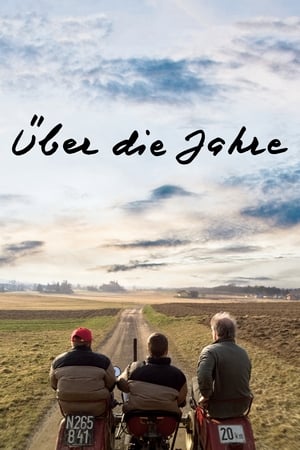 8.8
8.8Over the Years(de)
Taking the demise of a textile factory in Austria’s Waldviertel region as its starting point, with the antiquated manufacturing plant initially shown in full operation, this film poses the question of what work means for people’s self-image and character. After the factory goes bankrupt and closes, the filmmaker accompanies some of its employees as they continue to make their way, questioning them about their daily routines, the circumstances in which they live, about looking for work or the new jobs they find. One woman’s situation is precarious, but that doesn’t prevent her from bringing up her grandchildren. Another woman works here and there, flexible and resourceful. One man blossoms visibly in his newly unemployed state. Bit by bit, different aspects of their private lives and personal misfortunes emerge.
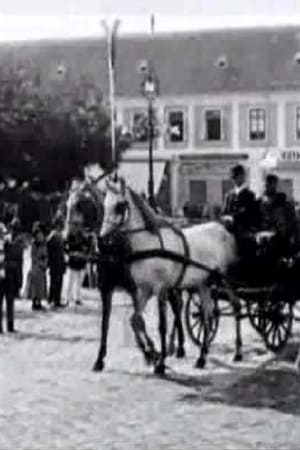 0.0
0.0The Unveiling of the Monument to Ferenz Rakoczy(sr)
“First” pan in Pannonian Basin and highly likely in the Balkans was created in 1912 by Ernest Bosnjak. The film documented the unveiling of the monument to Ferencz Rákóczi in Sombor and also features a brief tilt shot of the monument itself.
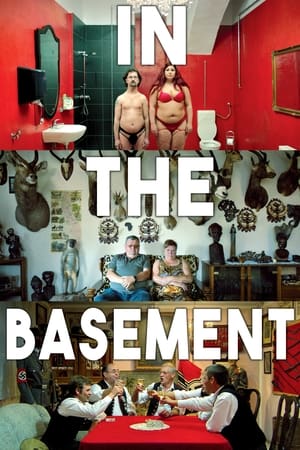 6.3
6.3In the Basement(de)
Filmmaker Ulrich Seidl explores of the dark underside of the human psyche by entering Austrian basements fitted out as private domains for secrets and fetishes.
 0.0
0.0Wolves Return(de)
Wolves divide and fascinate us. 150 years after they were driven to extinction in Central Europe, they are returning slowly but inexorably. Are they dangerous to humans? Is it possible to coexist? Using Switzerland as a point of departure, where wolves have returned in the very recent past, this documentary sheds light on the wolf situation in Austria, eastern Germany, Poland, Bulgaria, and even Minnesota, where freely roaming packs of wolves are more common sight.
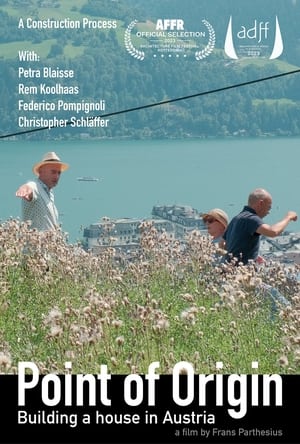 0.0
0.0Point of Origin - Building a house in Austria(en)
An international tech entrepreneur with a fondness for architecture asks Rem Koolhaas to build a house on an impossibly small piece of mountainside in Zell am See in Austria. The architect of the celebrated book S,M,L,XL seizes the challenge: how to draw light into a house less than four metres wide that is mostly underground? Photographer and filmmaker Frans Parthesius followed the building process and offers insight into Koolhaas’s way of working and the special relationship with his client.
Citizen Krone, Austria between the Lines(de)
This film journeys deep into the heart of Austria’s favorite daily newspaper, the Kronen Zeitung, the most widely-read paper per capita in the world. The “Krone’s” 2.7 million readers represent 43% of the Austrian press market. A reflection of the Austrian soul, this newspaper serves as a prism through which we can understand the rise of the populist Right in this country and examine the dangerous flirtation between media and politics.
 0.0
0.0Beware Haderer(de)
A staged TV portrait of the Austrian cartoonist Gerhard Haderer; and first collaboration with Maria Hofstätter.
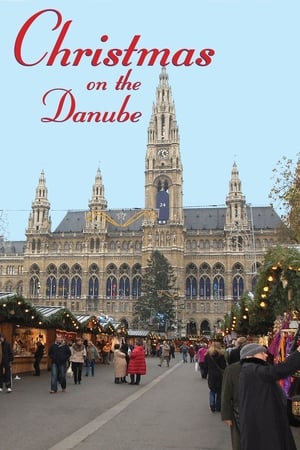 8.0
8.0Christmas on the Danube(en)
This documentary visits cities and towns and captures stunning landscapes along Europe's majestic Danube at Christmastime. Locations covered include Passau, Germany; Salzburg, Oberndorf, the Wachau Valley, and Vienna in Austria; Bratislava, Slovakia; and Budapest, Hungary. Along the way the viewer learns relevant history.
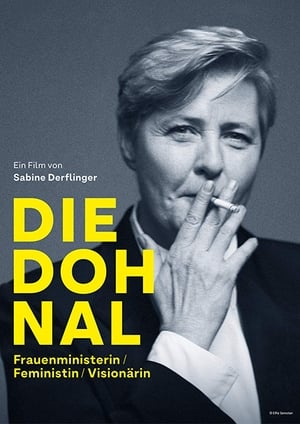 10.0
10.0Johanna Dohnal - Visionary of Feminism(de)
Johanna Dohnal, whose political career spans three decades, was one of the very first explicitly feminist politicians in Europe. As a member of the Austrian socialist government and the first Austrian minister for Women’s Affairs from 1990 to 1994, Dohnal was responsible for founding Austria’s first women’s refuge as well as criminalizing of marital rape. Yet her legacy remains yet to be discovered and re-examined. DIE DOHNAL makes a first step, and it makes Dohnal come alive.
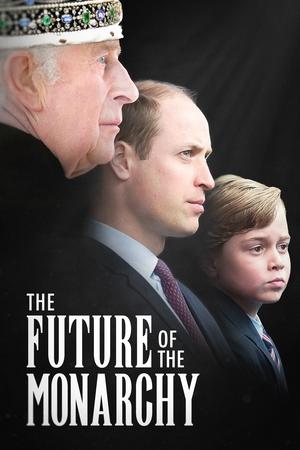 0.0
0.0The Future of the Monarchy(en)
The line of succession is a matter not taken lightly. It is therefore expected that those in line to the throne, stand a good public eye. Queen Elizabeth the Second has died, and with Charles as our new king - the future is looking bright given the nature of our future kings of Britain. The monarchy has evolved, and has undergone a huge deal of change over the last 1000 years. The line of succession is one that is looking sharp, but is also one that is bound to change. The examples of the previous monarchs continue to build strong relationships for the generations of monarchs to come.
